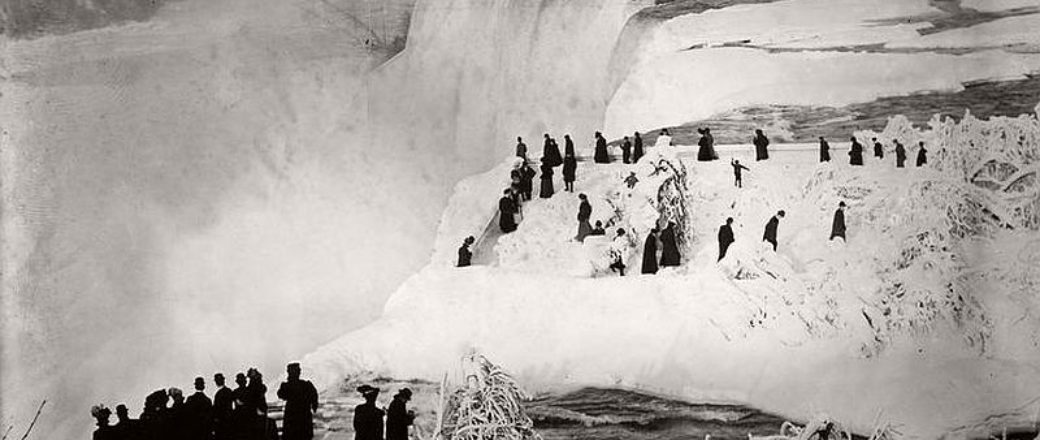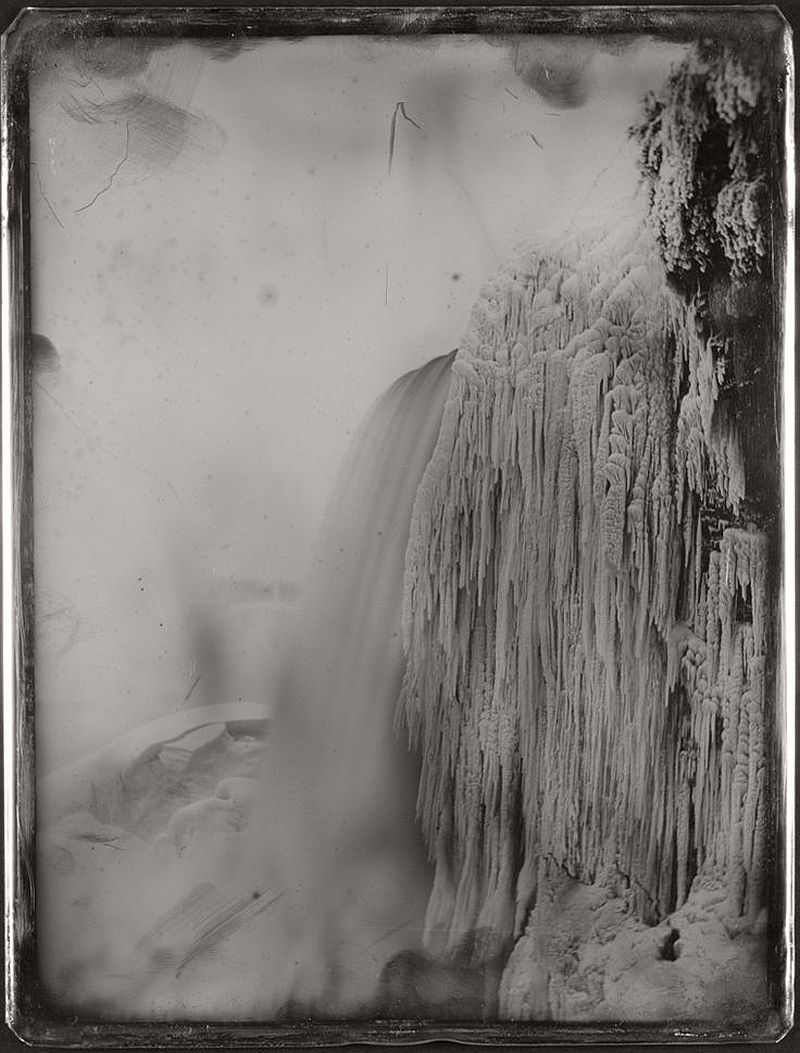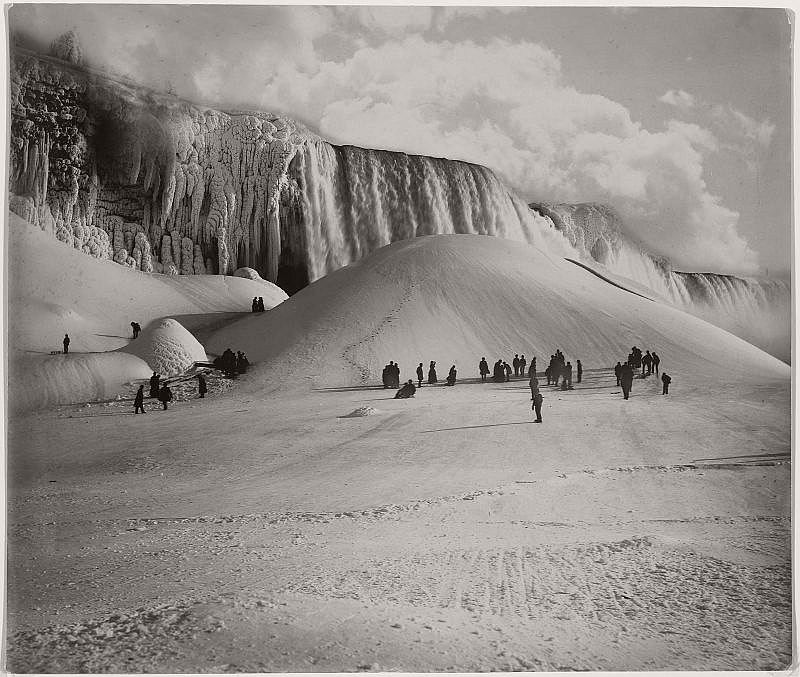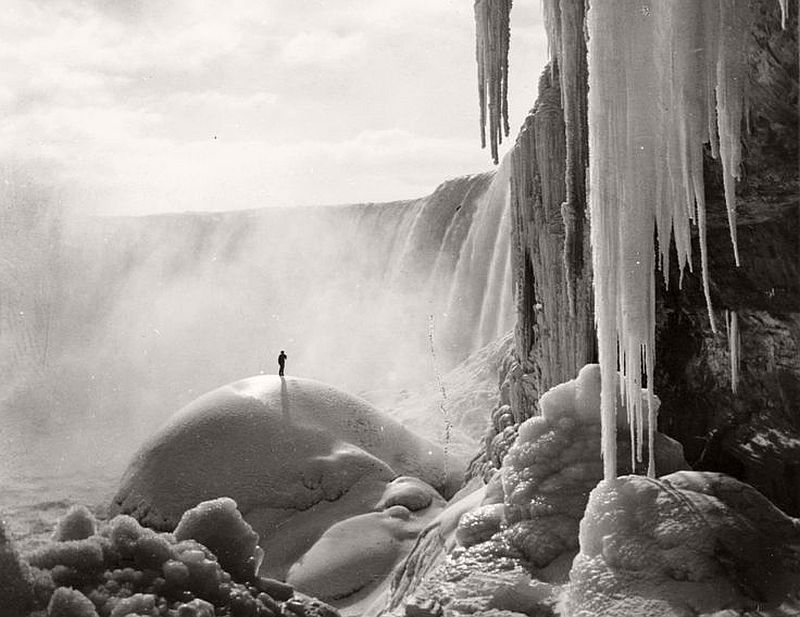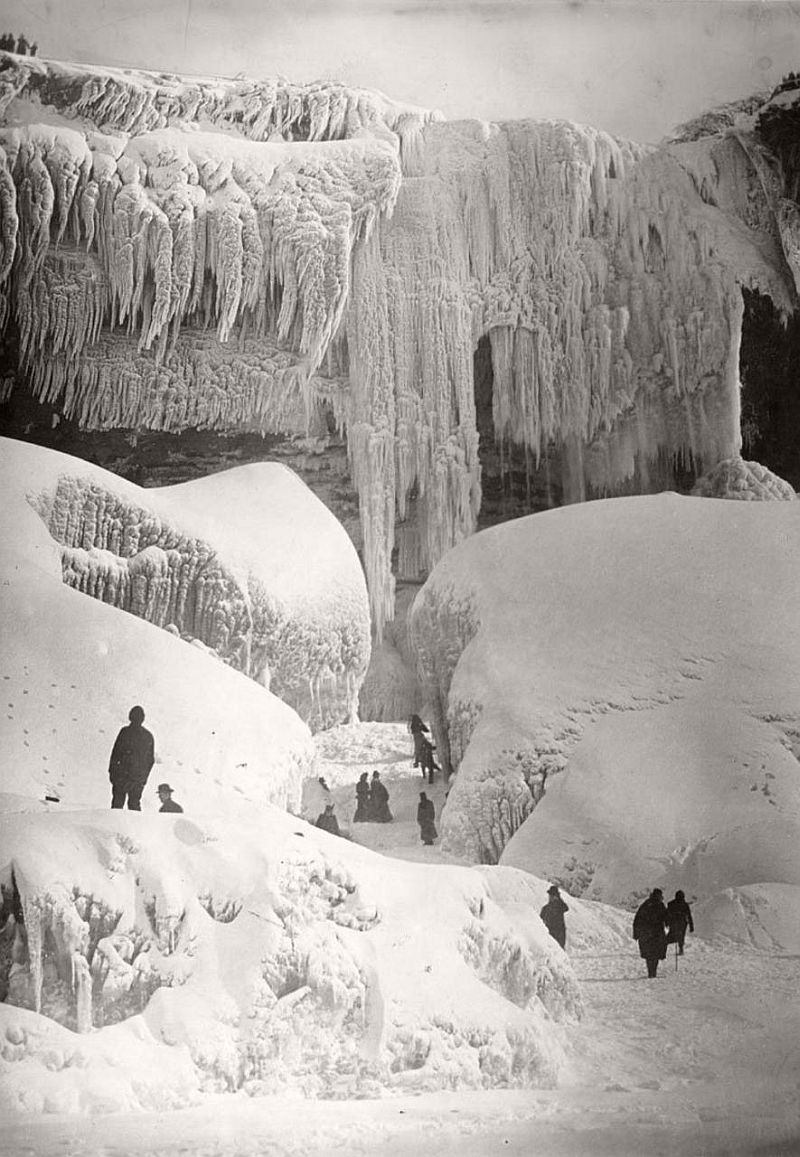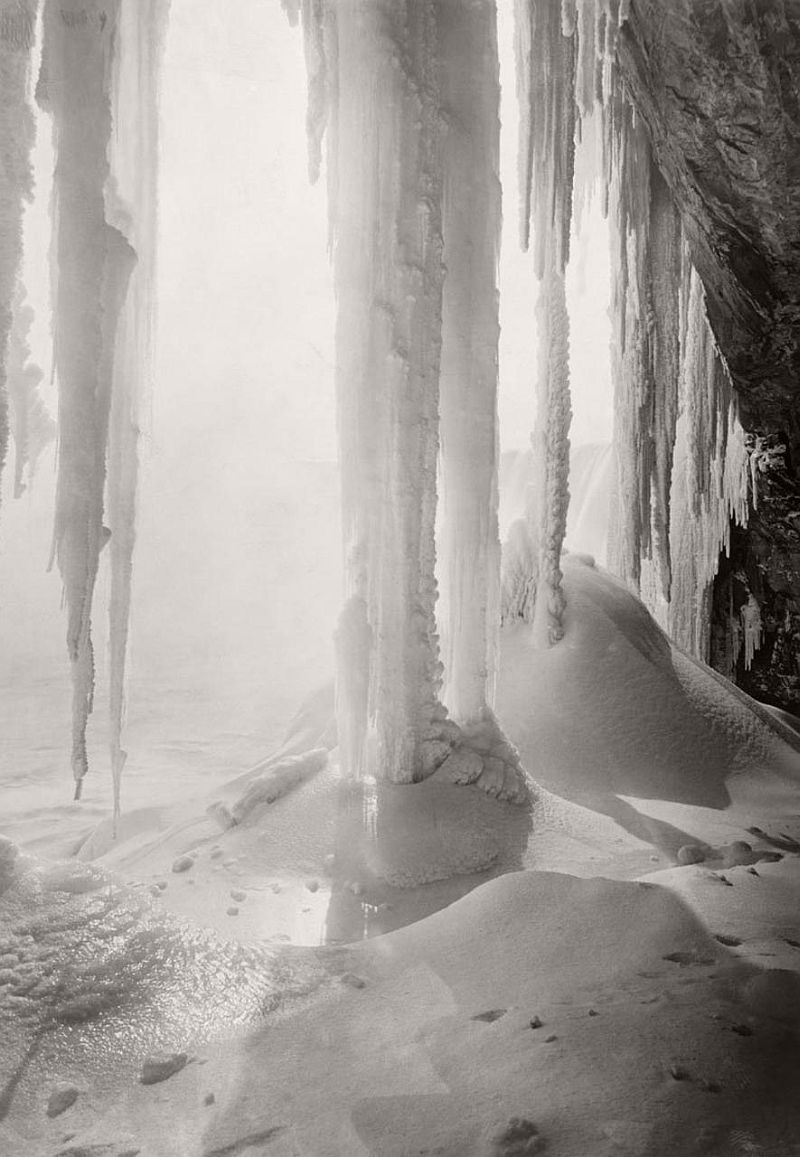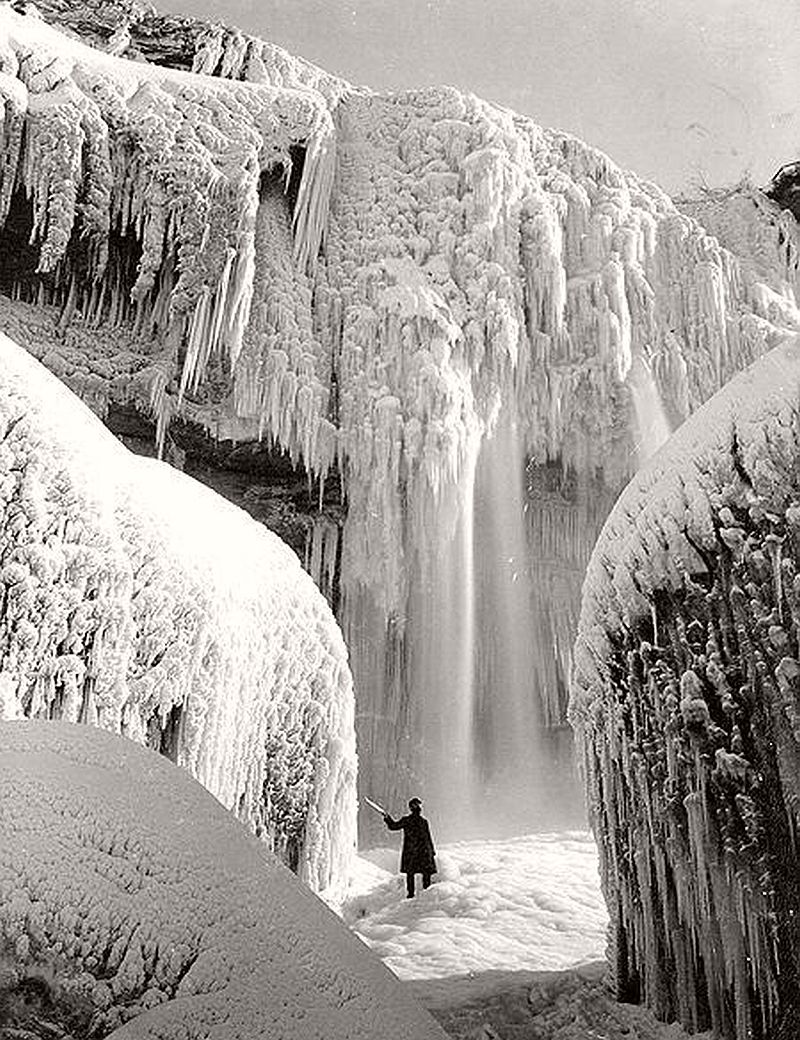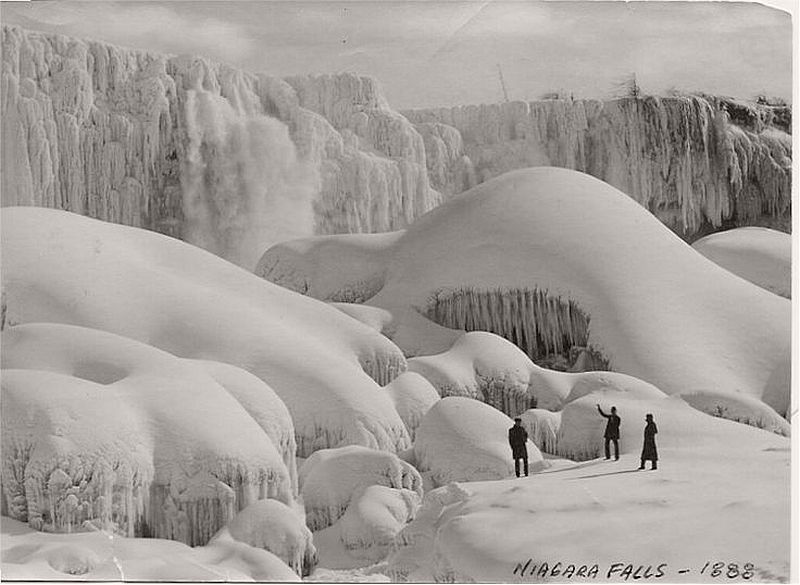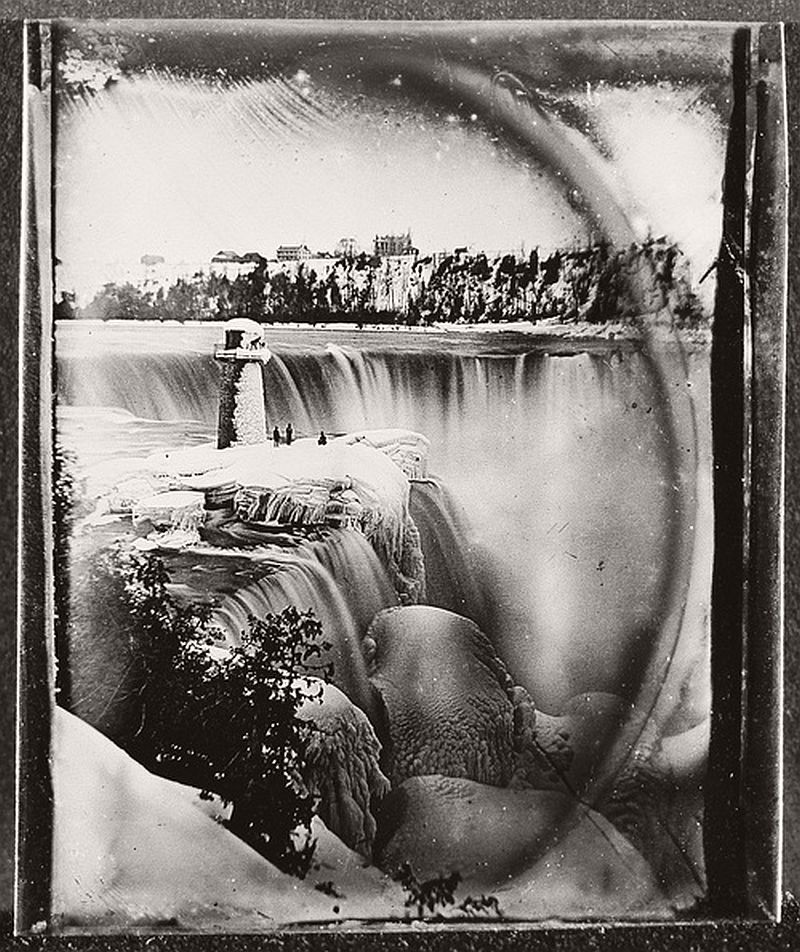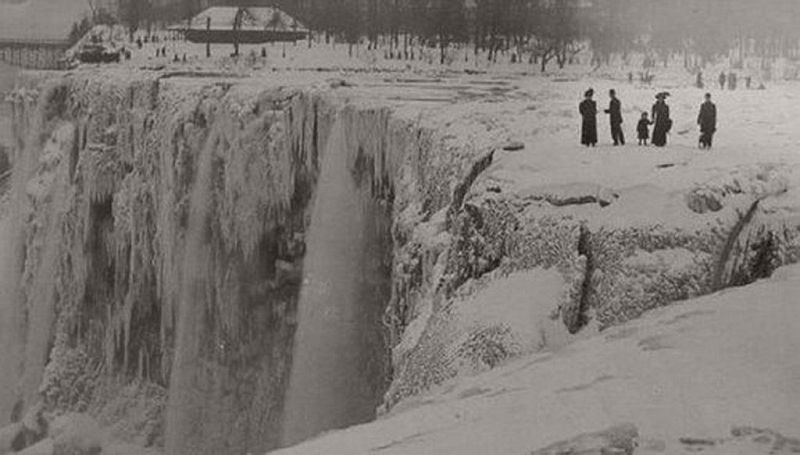There are differing theories as to the origin of the name of the falls. According to Iroquoian scholar Bruce Trigger, “Niagara” is derived from the name given to a branch of the local native Neutral Confederacy, who are described as being called the “Niagagarega” people on several late-17th-century French maps of the area.[13] According to George R. Stewart, it comes from the name of an Iroquois town called “Ongniaahra”, meaning “point of land cut in two”.
A number of figures have been suggested as first circulating an eyewitness description of Niagara Falls. The Frenchman Samuel de Champlain visited the area as early as 1604 during his exploration of Canada, and members of his party reported to him the spectacular waterfalls, which he described in his journals. The Finnish-Swedish naturalist Pehr Kalm explored the area in the early 18th century and is credited with the first scientific description of the falls. The consensus honoree for the first description is the Belgian missionary Louis Hennepin, who observed and described the falls in 1677, earlier than Kalm, after traveling with the explorer René-Robert Cavelier, Sieur de La Salle, thus bringing the falls to the attention of Europeans. Further complicating matters, there is credible evidence the French Jesuit missionary Paul Ragueneau visited the falls some 35 years before Hennepin’s visit, while working among the Huron First Nation in Canada. Jean de Brébeuf also may have visited the falls, while spending time with the Neutral Nation.
In 1762, Captain Thomas Davies, a British Army officer and artist, surveyed the area and painted the watercolor, An East View of the Great Cataract of Niagara, the first eyewitness painting of the falls.
During the 19th century, tourism became popular, and by mid-century, it was the area’s main industry. Theodosia Burr Alston, daughter of Vice-President Aaron Burr and her husband Joseph Alston were the first recorded couple to honeymoon there in 1801. Napoleon Bonaparte’s brother Jérôme visited with his bride in the early 19th century.

